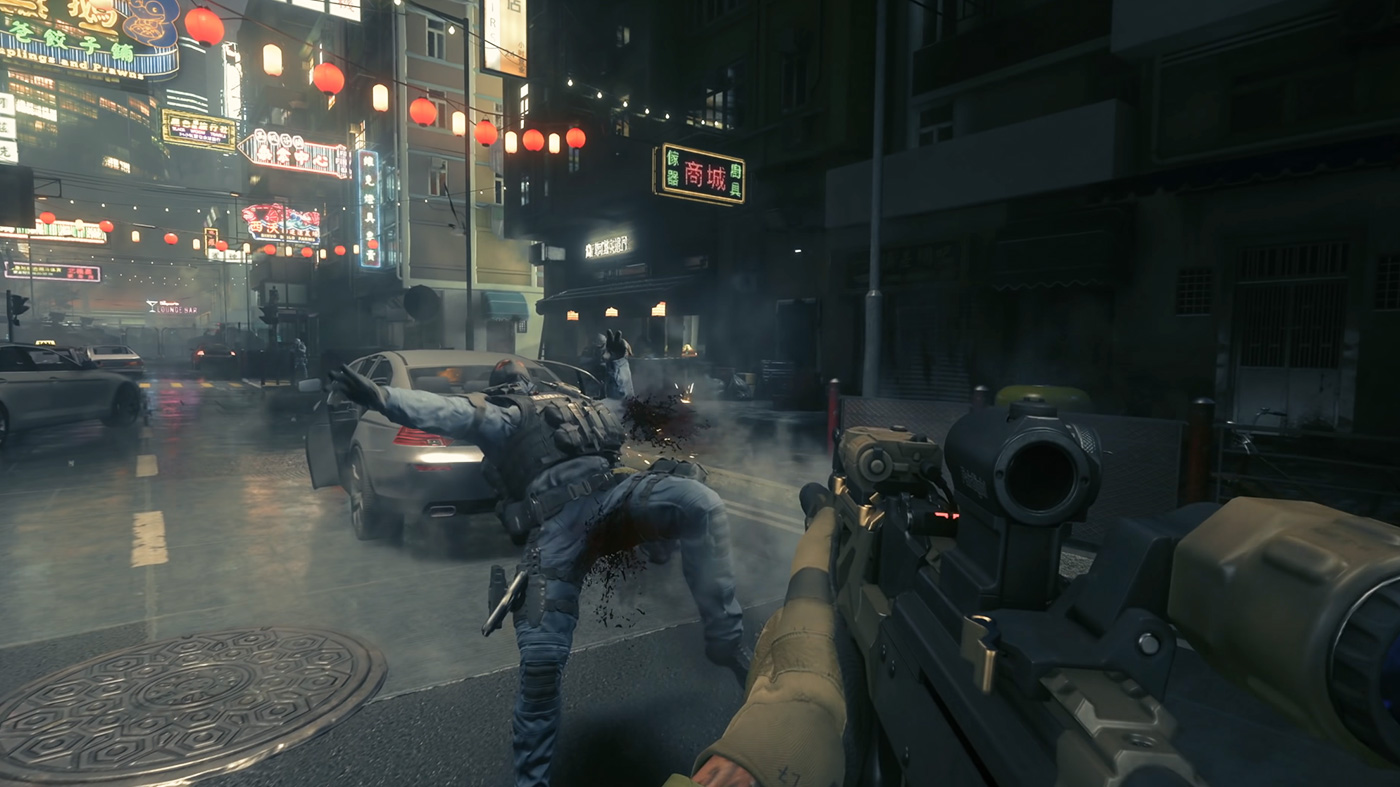Until recently, there was no unified age rating system in China. Now the country’s authorities have obliged game publishers to label their products. The practice is designed, among other things, to combat gambling addiction.Its introduction was announced by analyst Daniel Ahmad.

According to him, the games in China began to be divided into three age categories and marked according to them in one color or another: 8+ (green), 12+ (blue) and 16+ (yellow). Each rating has its own criteria. As for the marking, it must be present on the website, the login screen and other materials related to the project.
Regardless of the rating, publishers are still required to comply with existing rules prohibiting excessive violence, drug use, gambling entertainment and pornography in any games. Thus, even if the game is intended for a relatively adult audience, it must still comply with the standards set by the Ethics Committee of Online Gaming in China.
The system was developed by the state newspaper The People’s Daily together with 30 gaming companies. Initially, they proposed to divide the games into four categories (from 6+ to 18+), but in the end the system was changed. Ahmad notes that the initiative has undergone 41 revisions in total.
The launch of the Chinese rating system has become one of the six initiatives of the State Administration of Press and Publications (SAPP) on gaming regulation. Among other measures:
- registration of users under real names in all games;limiting the amount of playing time for teenagers;
- restriction on in-game purchases for minors;
- active work of publishers with parents, schools and teenagers.
- This activity includes, for example, the creation of applications for parental control;mandatory work of publishers with local regulators.
- Companies will have to report on the implementation of these measures or otherwise they may lose their license.According to Niko Partners, all these initiatives (including the introduction of age ratings) are being implemented as part of the fight against gaming addiction among underage gamers.
Such measures should not have an impact on revenue from the Chinese market. Analysts insist on this, appealing to the fact that the share of minors among the gaming population of China is only 20%.
